Biology The Study of Life: Part 21 (Mechanics of Evolutionary Change)
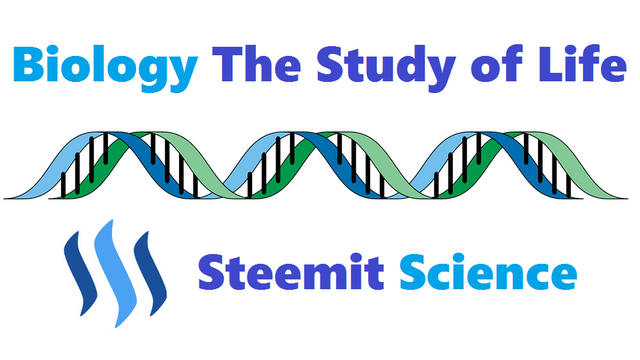
Introduction
This informative series of posts will explore modern biology; the fundamental principles of how living systems work. This material will always be presented at the level of a first-year college biology course, without assuming any prior background in biology or science. It also presents material in a conceptual format. Emphasizing the importance of broad, unifying principles, facts and details in the context of developing an overarching framework. Finally, the series takes a historical approach wherever possible. Explaining how key experiments and observations led to our current state of knowledge and introducing many of the people responsible for creating the modern science of biology.
This post picks up the discussion of how assumptions of the Hardy-Weinberg equilibrium are violated in natural populations and how these violations are responsible for the occurrence of evolutionary change.

An important point of this discussion is that natural selection, as described by Darwin, is not the only cause of evolution. Instead, a number of other factors can cause changes in the gene pool of a population, the most notable of these being genetic drift, or random fluctuations in the gene pool due to small population size. The post concludes by pointing out that natural selection can be a stabilizing force, maintaining the current phenotypic profile of a population, as well as a directional force or a diversifying force, changing the average phenotype.
We learned last time in Biology The Study of Life: Part 20 (Darwin VS Mendel) that the frequencies of alleles in a population’s gene pool will remain unchanged over generations that is, evolution will not occur if a population is in Hardy-Weinberg equilibrium. The Hardy-Weinberg equilibrium only holds, however, if its critical assumptions are met. By looking at these assumptions in more detail and understanding how they might be violated, we can gain insight into the mechanisms responsible for evolution.
The Hardy-Weinberg equilibrium rests on five assumptions.
- There must be no mutation occurring in the population.
- There must be no immigration into or emigration out of the population.
- The population must be large.
- Individuals in the population must mate randomly.
- Reproductive success must be random for individuals in the population.
Clearly, some or all of these assumptions do not hold for most natural populations. In particular, natural selection ensures that reproductive success is not random. However, looking at violations of the other assumptions shows that natural selection is not the only mechanism of evolutionary change.
Violations of the Hardy-Weinberg assumptions are not equally likely, nor will they produce equal genetic variation.
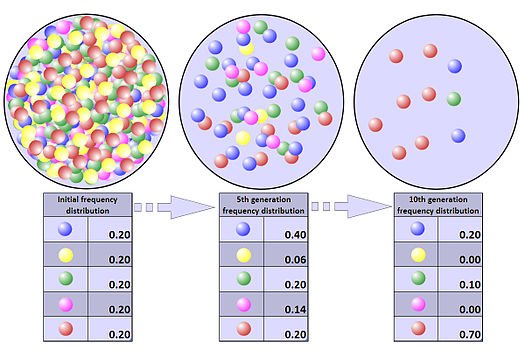
We know that mutations occur frequently, creating new alleles, which violates the first assumption. But although mutation can cause natural selection to act on a population in significant ways, it will only affect a gene pool directly if a single gene is subjected to a particularly high mutation rate. The random nature of mutation means that the overall mutation rate would have to be enormous for this to happen. The case of individuals moving between populations is called gene flow and can directly affect the gene pool if it consistently involves individuals with specific alleles. In nature, however, movement is more or less random and, therefore, has a weak effect on allele frequencies, though it does reduce genetic differences between populations. Violations of the large population assumption can skew allele frequencies because of the sampling error inherent in small populations.
Genetic drift represents genetic change caused by small populations.
- Natural populations are often small; thus, genetic drift is thought to be a major evolutionary force.
- Genetic drift can affect large populations, as well, if the population goes through a genetic “bottleneck,” such as near extinction.
- Other bottlenecks can include the migration of small groups away from the larger population (the founder effect).
The last two assumptions are often violated because mating and reproductive success are rarely random. Natural selection is the only evolutionary force that leads to the evolution of adaptations; mutation, migration, and genetic drift changes are not necessarily adaptive.
Change in allele frequencies in a gene pool is the underpinning of Darwin’s theory of natural selection and what connects natural selection to Mendelian genetics.
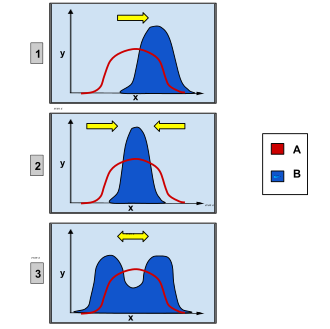
The different ways in which natural selection affects traits in populations are referred to as modes of selection. All three modes are observable in the wild and reproducible in the lab. The distribution of quantitative traits typically forms a bell-shaped curve, also referred to as a normal distribution. Most individuals fall somewhere in the middle of the trait’s continuum, while relatively few individuals occupy the extremes. The way natural selection affects this bell curve depends on which individuals in the distribution have the greatest relative fitness.
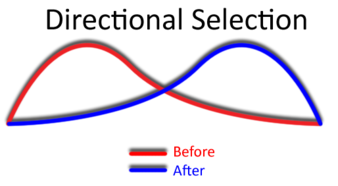
In Darwin’s finch example, birds at one end of the bell-shaped curve had higher fitness than all other birds. These more fit individuals had a selective advantage that caused the average to move toward one end. This mode of selection, which causes the average value of a characteristic in a population to shift toward one end of the bell curve, is called directional selection. Evolutionary biologists have suggested that directional selection is actually not very common and occurs only when the environment changes.
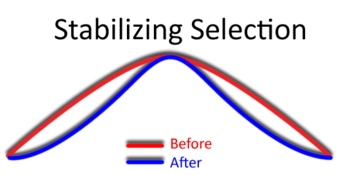
Stabilizing selection occurs when individuals with an average value for a trait have the highest fitness. Individuals at both extremes are selected against, and the bell curve narrows, reducing the amount of variation, instead of shifting to one end.
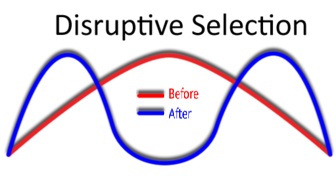
Disruptive or diversifying selection forms, over time, a bimodal distribution, with more than one distinct peaks. For example, the black-bellied seed-cracker has a bimodal distribution, with small-beaked birds and large-beaked birds but few in between. Thomas Bates Smith discovered that the beak sizes of newborn birds do form a bell-shaped curve, but birds with medium -size beaks typically die because the seeds these birds eat fall into two distinct size classes. Birds with medium-sized beaks are not as efficient at eating either size of seed as birds with larger or smaller beaks are.
END PART 21
BIOLOGY THE STUDY OF LIFE:
PART 1 INTRODUCTION
PART 2 WHAT IS LIFE
PART 3 ORIGIN OF LIFE
PART 4 CELL TO ORGANISM
PART 5 PROTEINS
PART 6 CODE OF LIFE
PART 7 DOUBLE HELIX
PART 8 REPLICATING DNA
PART 9 CENTRAL DOGMA
PART 10 GENETIC CODE
PART 11 DNA TO RNA
PART 12 RNA TO PROTEINS
PART 13 MISTAKES HAPPEN
PART 14 WHEN CELLS DIVIDE
PART 15 MENDEL'S PEA PLANTS
PART 16 SEX AND VARIATION
PART 17 GENES AND CHROMOSOMES
PART 18 CHARLES DARWIN ON THE ORIGIN OF SPECIES
PART 19 NATURAL SELECTION
PART 20 DARWIN VS MENDEL
PART 21 MECHANICS OF EVOLUTIONARY CHANGE
Image Credits: ALL IMAGES UNLESS NOTED - Wikipedia,
Bird Giphy

 or
or  @pjheinz
@pjheinz

Quite a technical article but still informative.
Thanks for reading, I do try to make the material accessible to non-scientists however the series builds off a cumulative set of knowledge; meaning each lecture builds off the ones before. That said, I will try to improve the standalone readability of future posts.